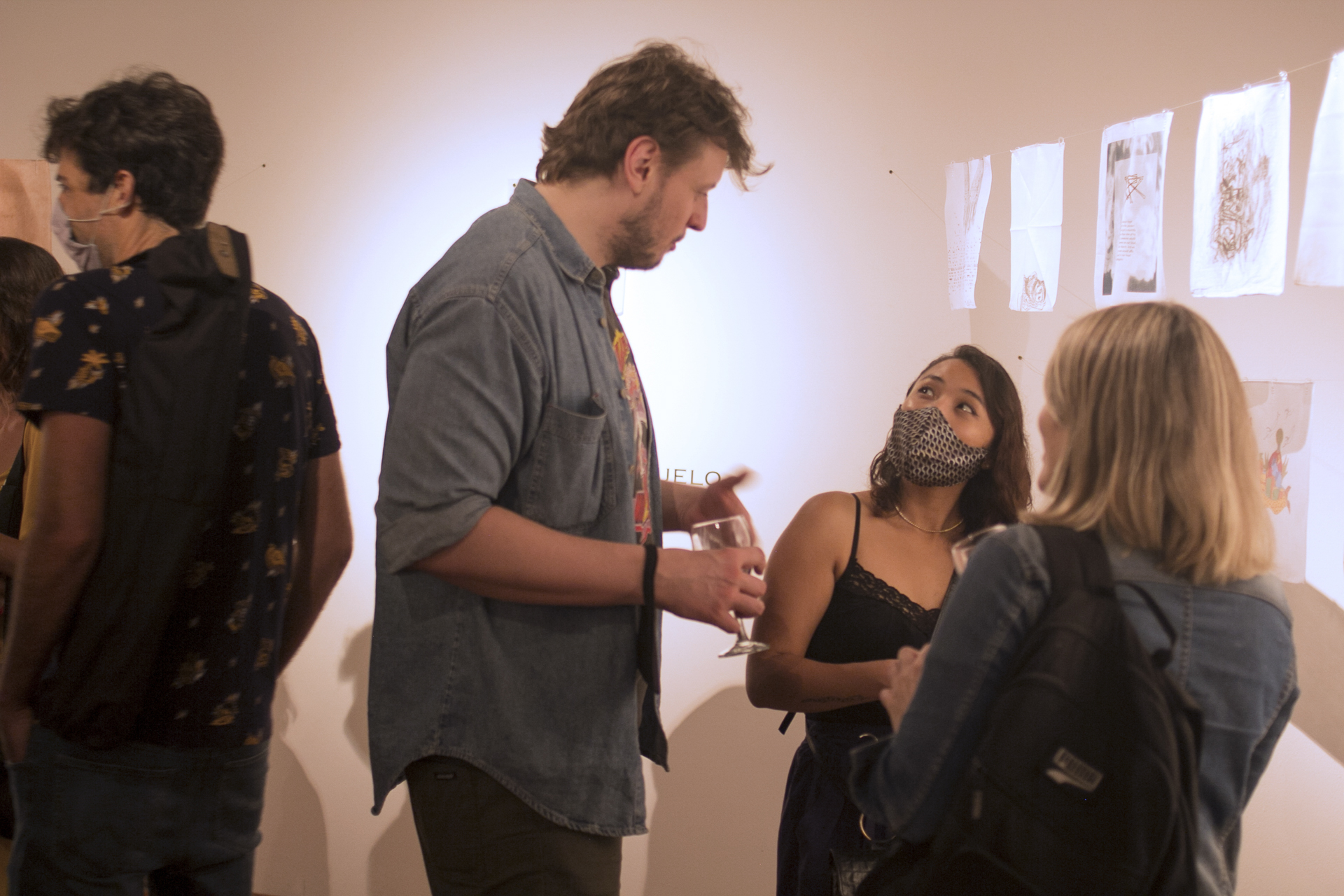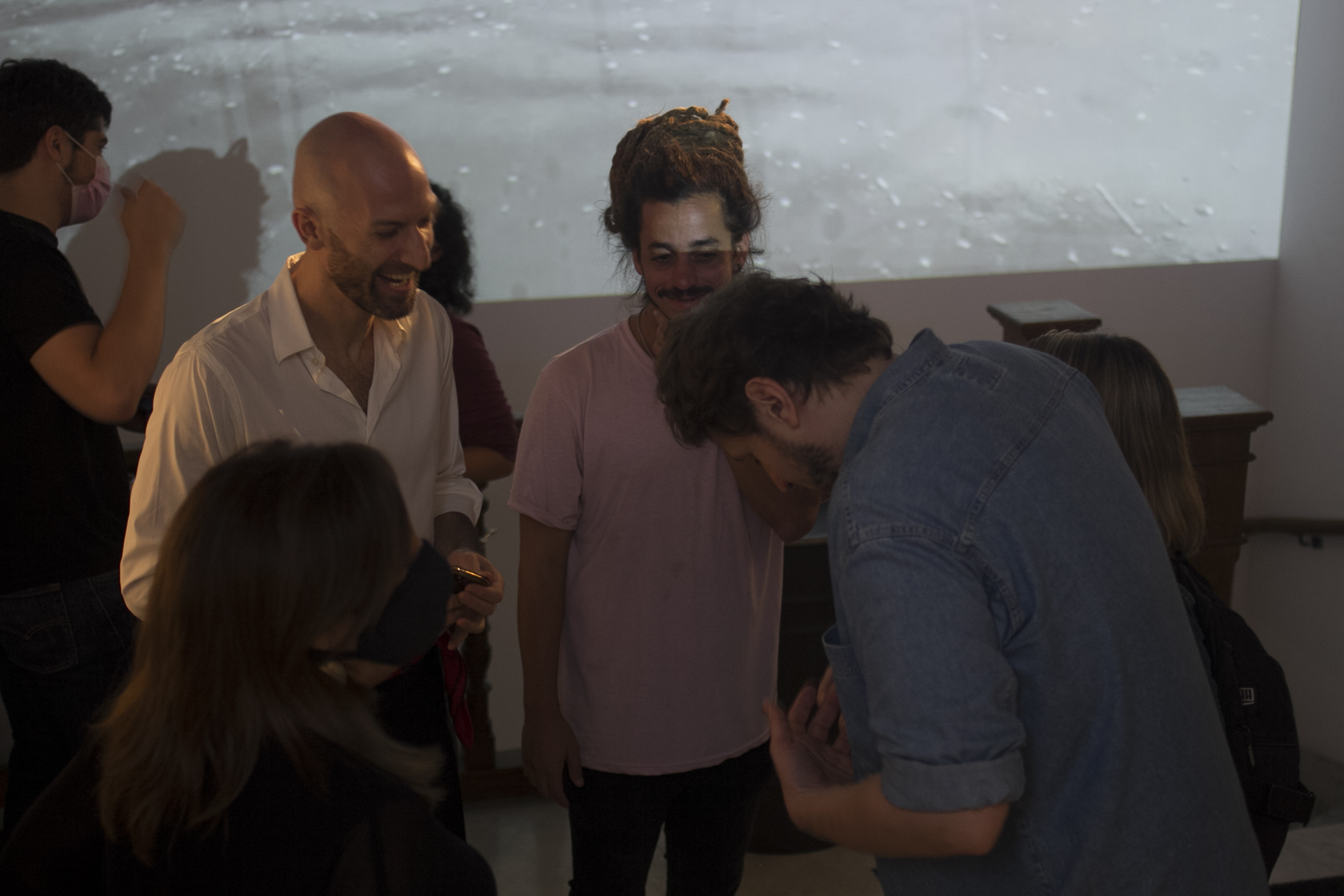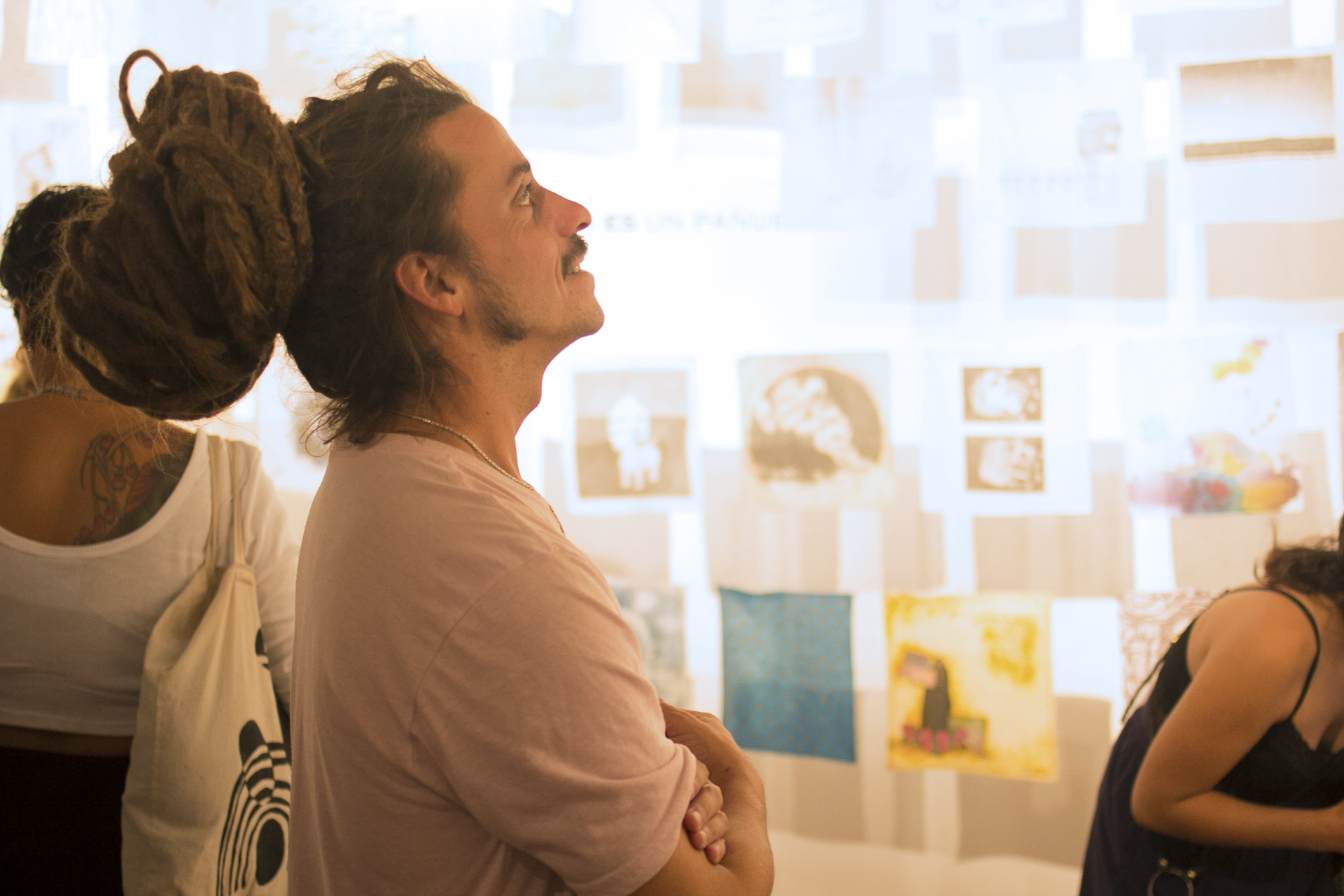Artists
Argentina
Ausel Muñoz Garcia
#7: Cohabitar Fronteras
03.02.22 03.03.22
Sight & Sound Designer graduated from the University of Buenos Aires, she completed a master’s degree in Technology and Aesthetics of Electronic Arts at the Tres de Febrero University. Her interests are based on the investigative-experiential field, on the intersections between Image, Sound and Technology. In the experiences of creating synthesizers with MIDI, Analog Electronics, Physical Performances and Sound Textures. As well as in the creation of video pieces in formats such as Video- poem and video- essay.
ARTIST´S STATEMENT
Be eclectic and make sense. Expose the artifice by means of other artifices. Generate from each work a citation to all the references, and experiences that brought us to this result. Talk about the uncomfortable, enable the dialogue of both artistic and interdisciplinary problems in the areas in which these intersections make politics and exercise power. Create discourse and narratives. (re) view the narratives in which we are immersed, dismantle them and re-articulate them. (dis)articulate structures and make them more flexible.
ABOUT COHABITAR FRONTERAS
From Cohabiting Borders I emphasize the teaching about how borders should be membranes that can enable the passage of those things where we enrich ourselves, placing limits on space to not collapse with our peers.
BIO
Ausel Muñoz Garcia
1994 | Bogota, Colombia
Lives and works in Buenos Aires, Argentina.
EXHIBITIONS
2017-2018-2019 | Bandalizing Cinema, Night of the Museums, Argentina
2018 | Cajografías Media lab CCEB, Cultural San Martin Nov Electronic, Argentina.
2021 | Organism B, Espacio Belgrado, Argentina
RESIDENCIES
2022 | Together Apart: Cohabitar Fronteras, Proyecto ´ace, Argentina


Related Activities
Fellowships, Together Apart
#7 | COHABITING BORDERS: results
Artists in dialogue
23.03.22
From cohabiting to collapsing, and vice versa, those were the movements and actions that we proposed from ‘ace for the seventh edition of Together Apart. We chose the title Cohabiting Borders with the intention of exploring the complexities that occur in the exchange of living together, and because we understand the meeting format of this program as an exercise in itself of cohabitation of a frontier: the border between our online and offline existence.
For this collective research, we also defined three axes that helped us review some possible strategies for cohabiting borders, these were: pointing frontiers, deprogramming frontiers, and metabolizing frontiers.
In this way, we were also able to observe different types of borders that contemporary artistic practices explore, from geopolitical, climatic, and technological borders, as well as the borders between forms of knowledge and methods of linking with the world.
The participating artists designed collaborative dynamics based on their areas and disciplines of knowledge but above all, opening themselves to the encounter with the experience of the other(s). In this way, great relevance was given to the exchange and the works generated from the reflection on the possible points of articulation between artists from very varied contexts.
In tune with the online environment of the program, many artists used that condition of “being connected” as an object and means of research, development and presentation of their works. They used streaming platforms such as Twitch and social media visual resources (Instagram filters) or video games. Also, several of Google's tools were used. In some cases these were useful to observe photographic records of artificially generated borders between countries (Google Street View) and in others, the artists resorted to them to point out the limiting or creative interactions that are possible between human knowledge and artificial intelligences. (Google translate). In turn, there were many proposals that involved leaving the online world towards an exploration of the environments where each artist was and the records of it through
photographs, videos and the creation of video-essays.
Moved from the beginning by the desire to understand borders as membranes rather than walls, during the month of work, the artists began collaborative creative searches that have led to visual exercises that will be presented at the ´ace Foundation on Wednesday March 23 and that in many cases, they will be ongoing investigations.
Related artists
FACILITATING TEAM
Daniela Ruiz Moreno (curator), Alicia Candiani (Director at ´ace) and Andrés Knob (Executive Coordinator at ´ace).
Assistant: Florencia Alborcen.












